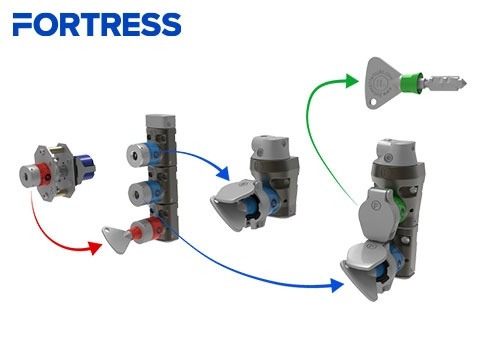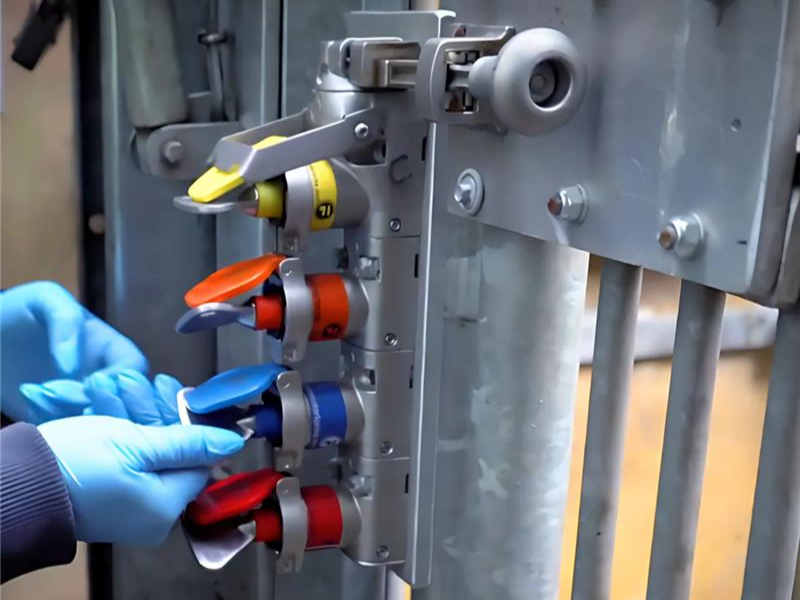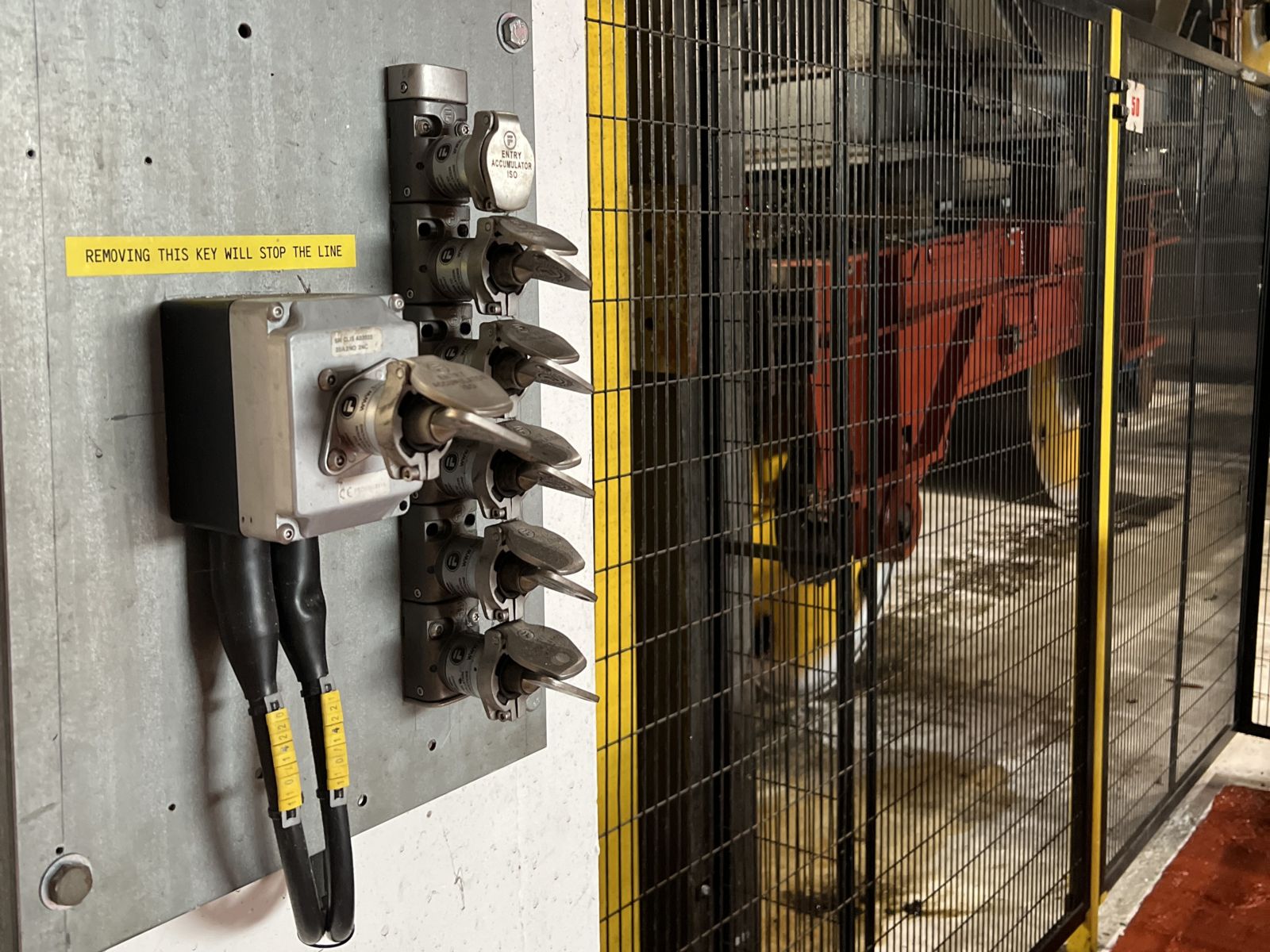Main Changes in the ISO 14119 Standard for Interlocking Devices

The updated ISO 14119:2024 standard – covering interlocking devices associated with guards – was published just a few months ago, replacing the 2013 version. This revision is essential for machine builders, end users, and safety professionals.
The changes were also discussed in a recent webinar hosted by Fortress Safety – watch the recording here in case you missed it.

The standard covers the principles for the design and selection of interlocking devices associated with guards, independent of the nature of the energy source, and it provides measures to minimise defeat of interlocks in a reasonably foreseeable manner. Some of the topics addressed include:
- Types of interlocking devices associated with guards, and their principles of operation
- Requirements for the design and installation of interlocking devices with and without guard locking
- Principle for the selection of interlocking devices
- Measures to minimise the defeat of interlocking devices
- Requirements for integration into the control system
The selection and proper use of a specific interlocking device, from the five types outlined in the standard, is determined by the risk assessment.
What’s new in ISO 14119:2024?
In the latest version of ISO 14119, terminology has been updated, and some tables have been improved and renamed. Below are some of the other significant changes:
- Fault masking criteria (covered by ISO/TR 24119) have been integrated into Annex J. The standard now includes further details on fault masking scenarios and provides guidance for the estimation of the maximum diagnostic coverage (DC) values and design guidance for the safety-related parts of the control system (SRP/CS).
- Trapped key interlocking systems, previously covered by ISO/TS 19837, have been integrated in Annex K and have been classified as type 5 interlocking devices. The addition of a new category type is a significant update, expanding the previous classification from four to five types, and highlights the importance of mechanical trapped key interlocking devices.
Trapped key interlocking relies on the enforcement of a sequence of operations in a predetermined order through the transfer of keys that are either trapped or released before the next step in the sequence can be performed.
Don't Miss These Industry-Leading Events!
The new classification of interlocking devices based on the actuation principle and the type of actuator is summarised in Table 2 of the standard (more details can be found in ISO 14119:2024).
Interesting requirements for trapped key interlocking systems discussed in Annex K address potential issues related to key coding and the reproduction of keys to prevent two or more interlocking devices from unintentionally sharing an identical key, as this can result in exposure to a hazard.
Help with ISO 14119 Understanding and Application
Fortress is a leader in interlocking solutions, with extensive expertise in designing and providing trapped key systems tailored to meet the requirements of each application and safety standards, including ISO 14119.
To reduce the risk of duplicates, Fortress keys have unique codes. Each key comes with an engraving to match its lock, with additional personalisation possible. Fortress also has a database of key codes and their locations to prevent the unintentional duplication of keys on site.
Contact Fortress Safety to find out more.




.png)

.png)


.png)




Leave a Reply